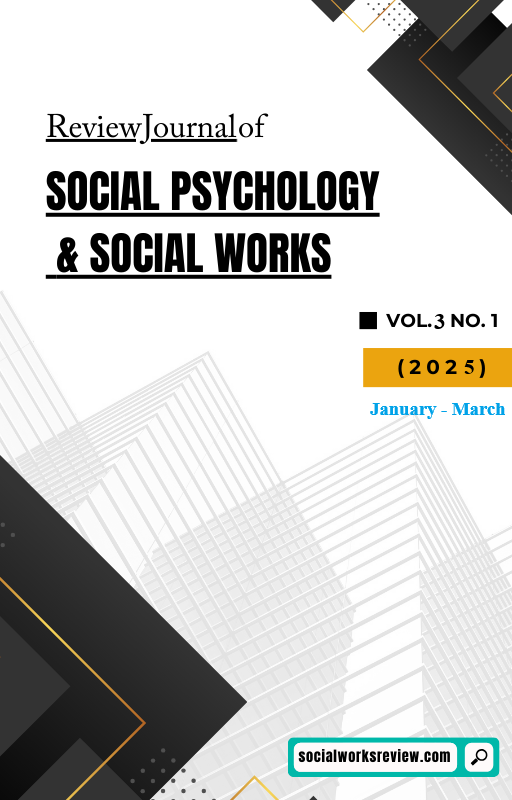Psychological Distress and Coping Style in Pakistani Patients with Human Immunodeficiency Virus (HIV)
Keywords:
Human Immunodeficiency Virus, Coping Styles, Depression, Anxiety, StressAbstract
The study aimed to investigate the relationship between depression, stress, anxiety, and coping styles in Pakistani HIV patients. A sample of 300 HIV-positive patients aged 20-30 was selected from Mayo Hospital, Lahore, and they completed the Depression, Anxiety, Stress Scale (DASS-21) and Coping Styles Scale (CSS). The results showed that depression had a strong positive correlation with anxiety and stress in HIV patients. Problem-focused coping (PFC) was negatively correlated with depression. PFC had a positive correlation with emotion-focused coping (EFC) and there was a positive correlation between EFC and anxiety. The correlation between PFC and stress was marginally significant and negative. The evidence indicates that depression creates a negative predictive link with PFC yet stress alters this pattern. Larger stress exposure appears to reduce the negative link between depression and PFC thus causing the individuals affected by high depression severity and stress to have elevated PFC levels. Research needs to evaluate how well depression management programs together with stress control programs and coping enhancement strategies affect mental health results for HIV patients.





